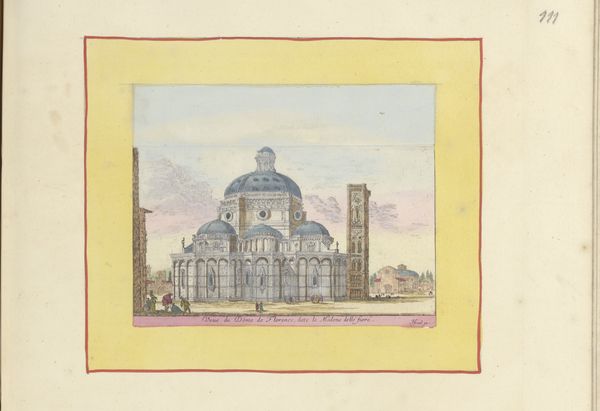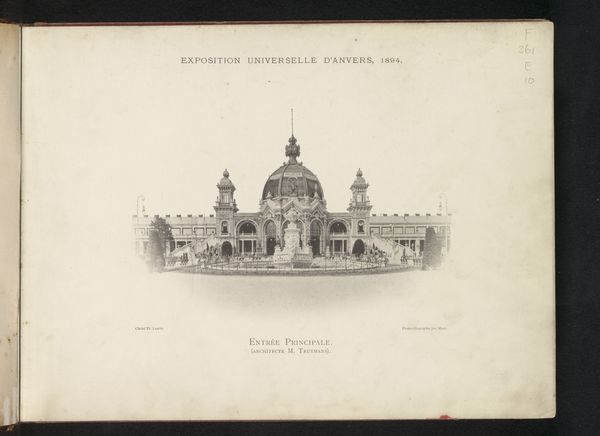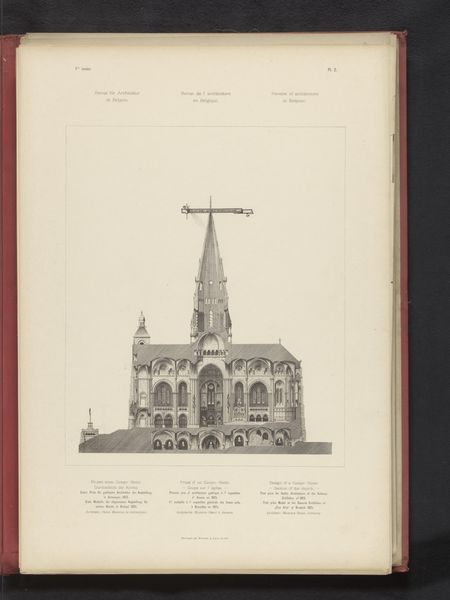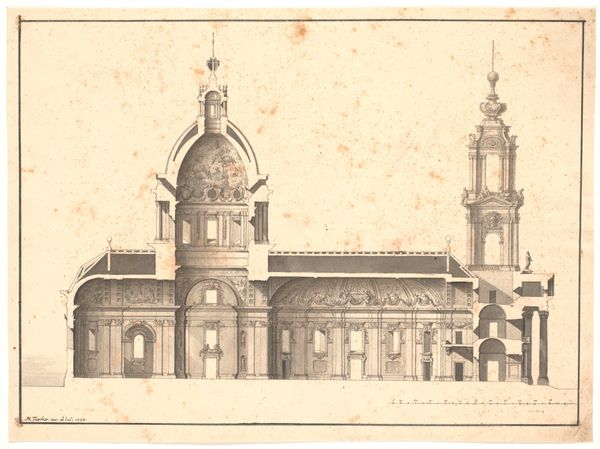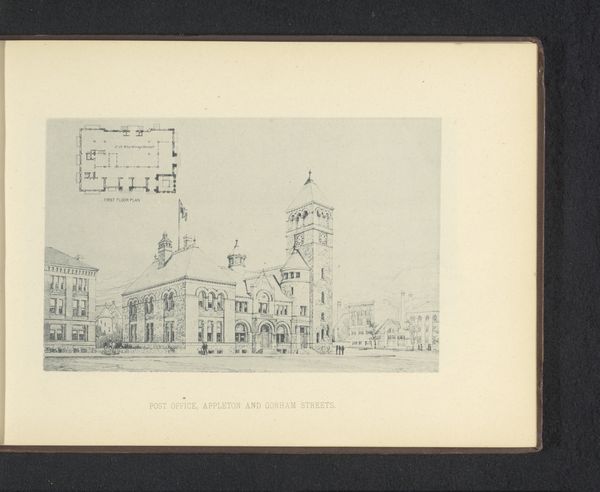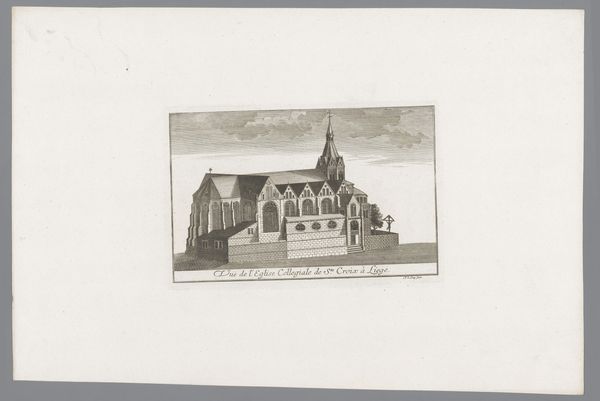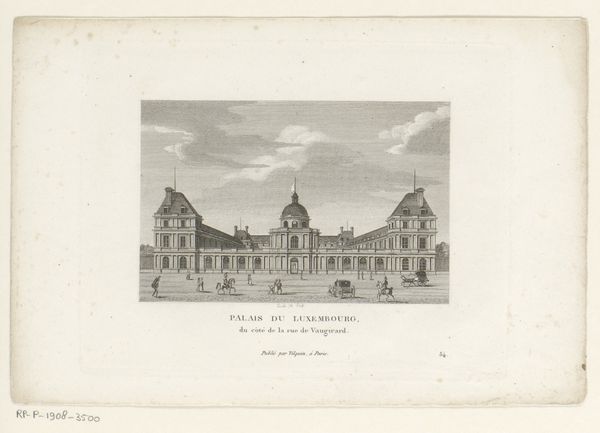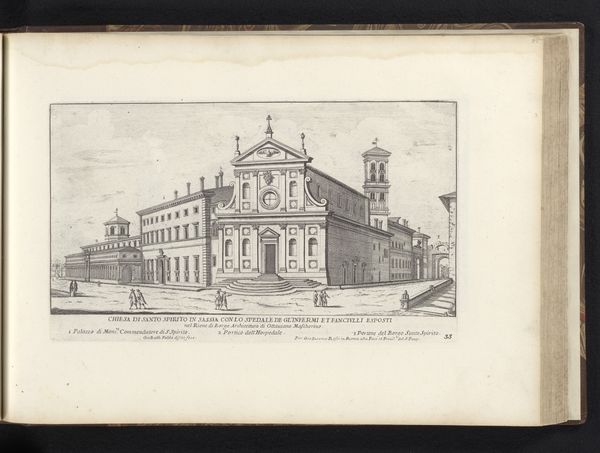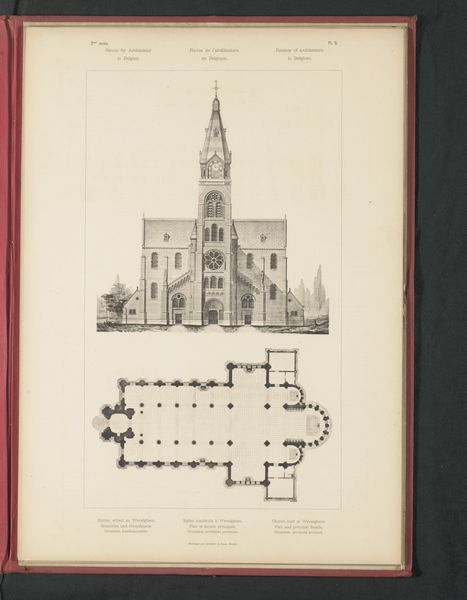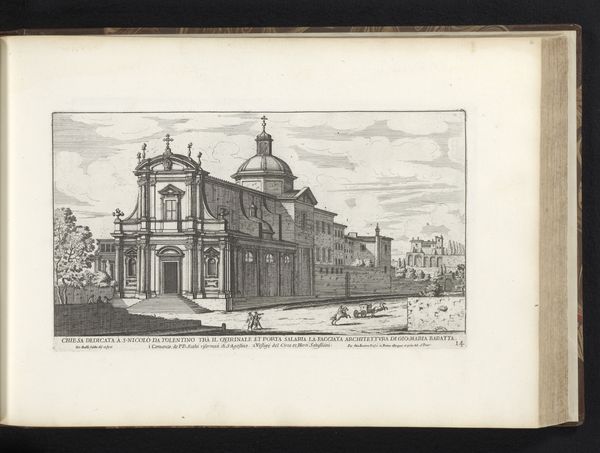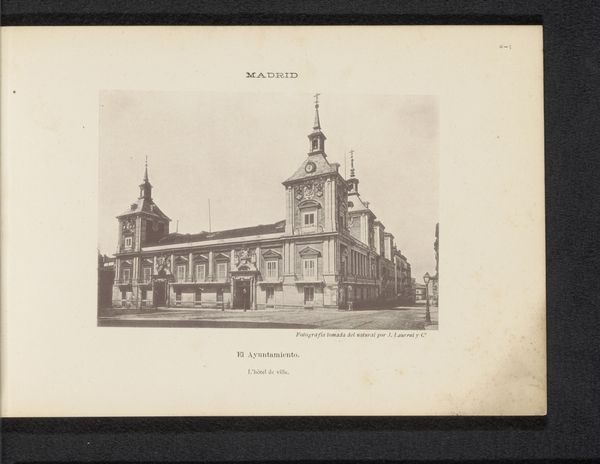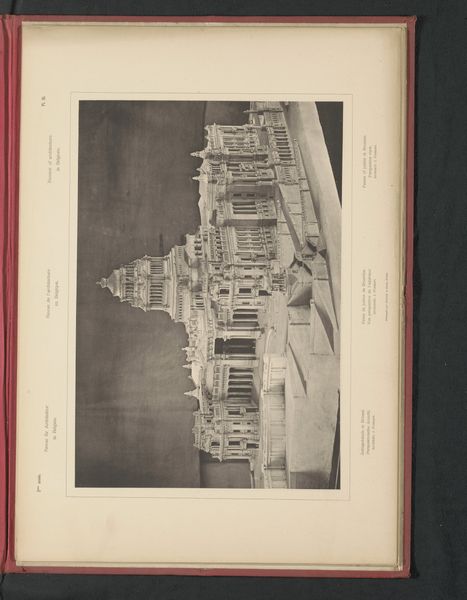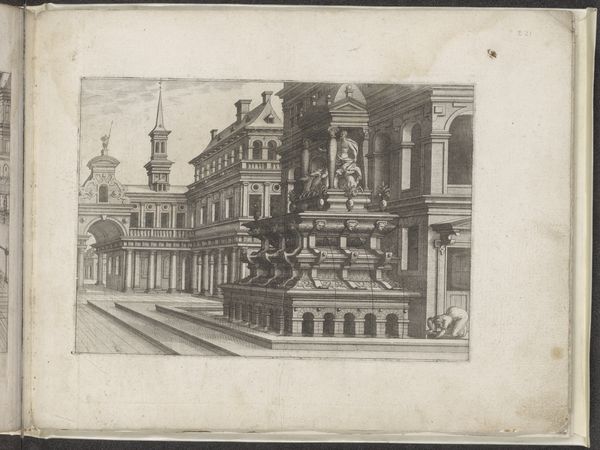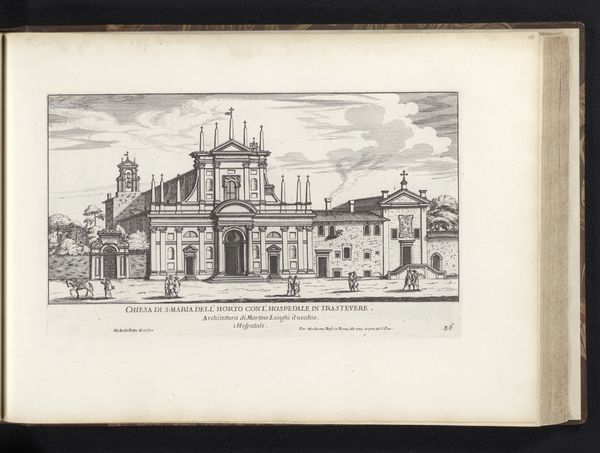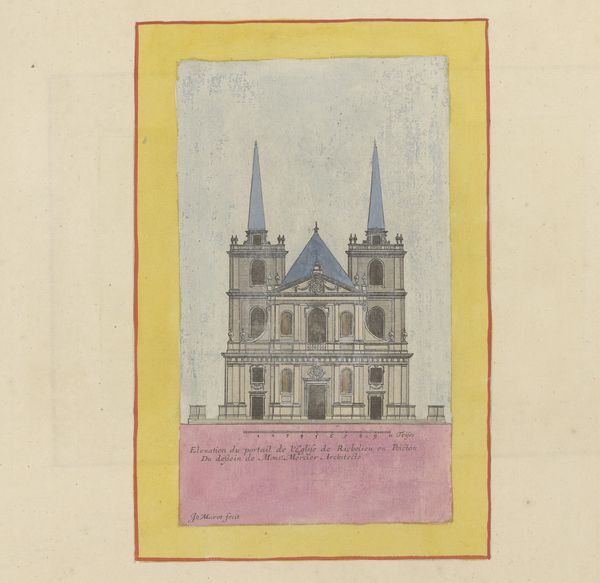
Opstand en doorsnede van de kerk van San Lorenzo met het altaarstuk 1665 - 1706
0:00
0:00
drawing, print, paper, ink, architecture
#
drawing
#
baroque
# print
#
perspective
#
paper
#
ink
#
cityscape
#
architecture
Dimensions: height 384 mm, width 560 mm
Copyright: Rijks Museum: Open Domain
Curator: Looking at this cross-section of the church of San Lorenzo, with its altar, dating back to between 1665 and 1706, what strikes you first? Editor: The precision! The lines are incredibly sharp. It’s fascinating how Falck used ink on paper to render this architectural space. There’s such clarity to the structure; it makes you think about proportion. Curator: Indeed, the technical skill is noteworthy. But beyond the aesthetics, we have to consider the political and religious context. This church was part of the El Escorial complex, commissioned by Philip II of Spain. Its construction became central to projecting Spanish power and Catholic orthodoxy during the Counter-Reformation. Editor: Yes, and consider the role of perspective. The lines draw the eye towards the altar. There is almost a divine perspective, emphasizing its significance, literally illustrating spiritual power. The use of colour washes contributes to the clear definition of each section. Curator: Absolutely. The Baroque style employed here became synonymous with power, effectively manipulating emotional responses to solidify hierarchies of control. Think about those who might have walked in or around it, under that roof. For some the building's very appearance becomes intimidating. Editor: Still, the sheer symmetry captivates me. The even distribution of light and shadow, achieved through linear precision, evokes an undeniable sense of harmony. This architectural blueprint embodies structure in its purest form. Curator: And for those kept out or on the margins, how does the building look from that point of view? These planned designs solidified spaces of worship and spiritual growth that excluded certain parts of the community due to gender, race, religious backgrounds or other socioeconomic factors. Editor: Well, considering it all, this drawing manages to encapsulate the weight and gravity of an institution while achieving near perfection with its compositional balance and technique. Curator: Indeed. Understanding both its aesthetic and its socio-historical dimensions gives us a fuller appreciation of this intricate image.
Comments
No comments
Be the first to comment and join the conversation on the ultimate creative platform.
